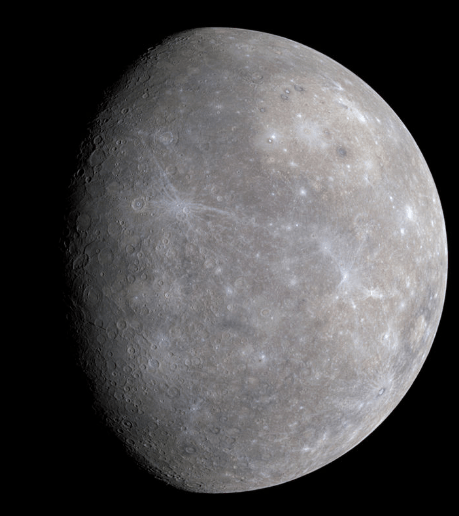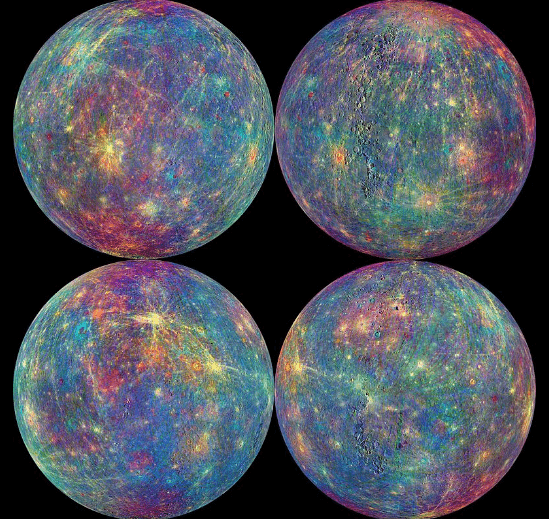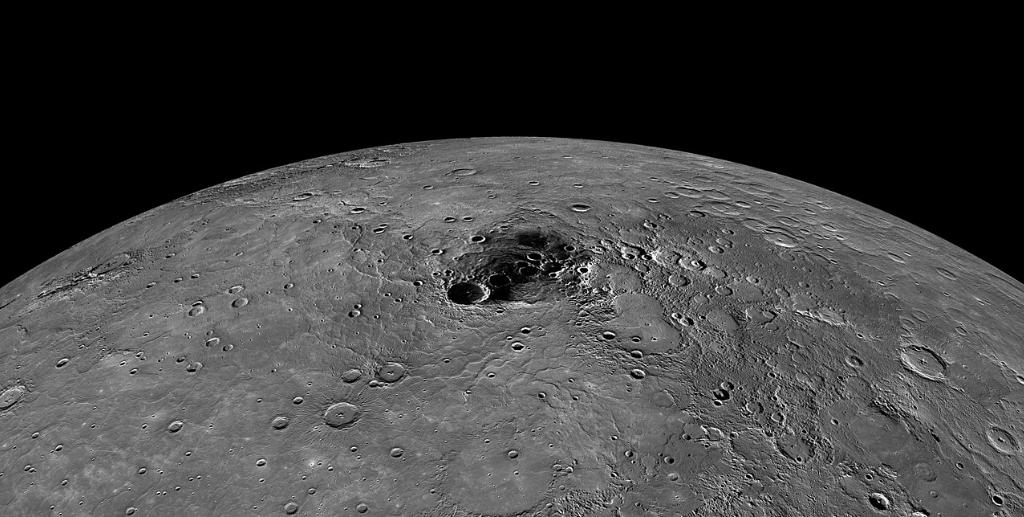Mercury is the smallest planet of our Solar system and also the closest one to the Sun. Scientists have been studying the planet for a very long time now, due to which many fascinating facts about Mercury were uncovered. Let’s dive into some of these amazing facts about this planet.
1. Mercury is the Smallest Planet
Mercury is the smallest planet in our solar system, whose diameter is around 4,876 kilometers, which is just a little larger than the moon. The diameter of Mercury is equal the 38% of the diameter of Earth.
2. The Time on Mercury
One year on Mercury lasts 88 days. However, one day of Mercury equals 176 days on Earth. This is due to its proximity to the Sun. The gravitational lock resulted in slowing down Mercury’s rotation.
3. Mercury Has the Shortest Orbit
Being the closest planet to the Sun, Mercury’s orbit is also the shortest. It completed its orbit so fast in the past that it was believed that Mercury is also a star.
4. The Second Most Dense Planet
Earth is the densest planet of our solar system, and after Earth comes Mercury. The reason is the presence of high amounts of heavy metals and rocks on Mercury.
5. The Gravity on Mercury is Lesser Than Earth
The gravitational force on Mercury equals just 38% of the gravity on Earth. This is why the planet cannot hold its atmosphere. The solar winds bring different radioactive decay and gases to the planet, resulting in diminishing the atmosphere there.
6. The Name Mercury Comes From the Name of the Roman God’s Messenger
The planet was named after Roman God’s messenger because of its fast speed of orbiting the Sun. The messenger was called Hermes in Greek Mythology. It was said that Mercury’s speed was the reason why the messages were sent so fast.
7. It was Not Considered a Planet Earlier
It was not until 1543 that scientists started considering it a planet. Before that, it was believed that Mercury was another star. In 1543, Copernicus introduced the very first solar system model, which was sun-centered.
8. No Moons and No Rings
Mercury is the only planet of the solar system that does not have any rings or moons. The reason, again, is the lack of gravitational force on this planet.
9. The Orbit of Mercury is Not Circular
Mercury’s orbit is oval/ellipse in shape. Moreover, it is the planet with the most eccentric orbit in our solar system.
10. Mercury is the Second Hottest Planet
We might think that Mercury is nearest to Sun, so it must also be the hottest planet in our solar system. But it’s the contrary, Mercury is the second hottest planet, while Venus is the first. Mercury has no atmosphere due to which temperature never regulates on this planet.
11. Albert Einstein and Mercury
You must not have seen this coming, but Mercury’s orbit had a significant role in proving Einstein’s Theory of General Relativity.
12. Only a Few Probes Ever Visited Mercury
Due to Mercury’s proximity to the Sun, it is tough to reach there. From 1974 to 1975, “The Mariner visited Mercury for the first time. In 1975, the spacecraft ran out of fuel; it is believed to date that The Mariner is still orbiting Mercury.
In 2004, “The MESSENGER” probe was launched to explore the planet’s geological history, high density, and other aspects. In 2015, another probe named “BepiColombo” was launched for Mercury.
13. Extremely Thin Atmosphere
Mercury’s atmosphere is too thin, and it is made out of atoms from the planet’s surface. Even this thin atmosphere is blown away by solar winds. The continuous escape of Mercury’s particles in space and its surface keeps replenishing.
Some Other Facts and Information about Mercury
This planet is closest to the Sun, but its surface gets extremely cold. During day time, the temperature can rise to 842°F. However, at night, the temperature can drop down to -274°F.
It is also believed that Mercury is a survivor planet. Scientists have claimed that around 400 billion years ago, Mercury was slammed with a giant asteroid that created a massive crater of about 960 miles.
Scientists also believe that there is ice present in the craters on Mercury. The north and south poles of Mercury are dark and cold, so there is a possibility of water or ice there. The water could’ve been transported there with comets or meteoroids, or maybe it seeped out of Mercury’s innards and got frozen on the surface.
NASA’s MESSENGER probe has been orbiting Mercury since 2011. During this time, it has covered Mercury’s whole surface and sent back images of the planet. NASA then used these images to create a map of Mercury.
The surface of the planet was first seen by the images sent by The Mariner in 1974; before this, the surface was a mystery because it was very hard to watch it from the Earth due to time and atmospheric issues. The surface has huge craters, smooth areas created by ancient times’ lava, and cliffs/scarps.
This planet’s interior is divided into three parts; the crust, mantle, and core, just like Earth. The thickness of its crust is somewhere between 100 to 300 kilometers. The mantle is thinner with a thickness of around 600 kilometers – however, it was not always this thin. It is said that when the solar system came into being, a huge planetesimal collided with Mercury, causing a big part of its mantle to launch in space.
The most crucial part of its interior is the core. Scientists have been researching and studying the core of Mercury for years. Its diameter is around 3,600 kilometers, and it is why Mercury has such a high density. There has been an extensive discussion regarding the nature of Mercury’s core, whether it is liquid or solid.
According to the research done on the orbit of Mercury, it is believed that if it had a solid core, the orbit should have been rigid, but there is a lot of wobbling in orbit, which concludes that the core of Mercury is liquid.
Lastly, the size of Mercury has been shrinking lately. It is already the smallest planet, but it may become even smaller with the constantly shrinking size.
Conclusion
Mercury has always been the center of attention for space scientists and astronomers. The planet holds a lot of mysterious secrets which are yet to be discovered. We might get more information about this planet in the future.


